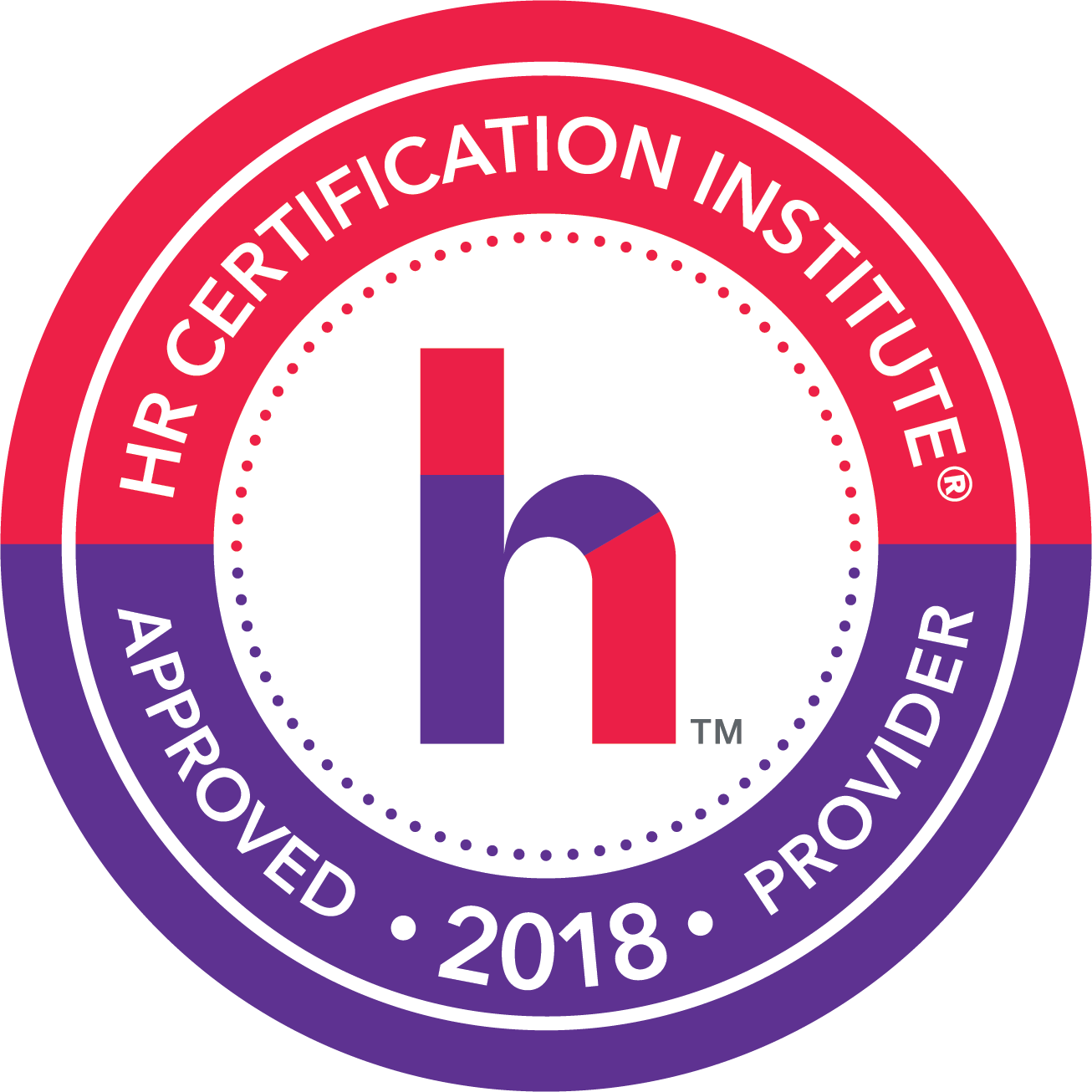The FLSA and Overtime – Understanding the New Rules and Evaluating Your System for Compliance
Mark Schwartz is an employment tax specialist and has over 15 years of employment tax experience as an independent consultant and as a payroll tax auditor with the State of California. He has managed an audit caseload of 20 ongoing audits, from small home-based businesses to large multi-national corporations. He is an expert at defining regulatory and statutory requirements from local, State and Federal government agencies; and helping the average businessperson understand what that means to their business. He has processed weekly and bi-weekly payroll checks plus tax forms for businesses with hourly as well as exempt workers, multistate operations and a wide variety of benefits.
Mr.Schwartz provides consulting services encompassing payroll processing and payroll tax issues. These include payroll tax minimization, payroll tax compliance reviews, independent contractor studies, use of electronic transfers, deductions, benefits, etc. Mark has represented both clients and the State in front of the State Appeals Board. He understands the complexities of local wage laws, unemployment and disability claims, and other wage and benefit issues affecting your employees.
Mark prides himself on his outstanding customer service skills. He listens attentively to his clientele, helping them bridge the gap between the small business world and Government bureaucracy. He eagerly assists with clients needs and feels that educating clients toward faster, accurate and more complete payroll processes provide the most value.
Mark is a participating member of the American Payroll Association. He earned his BA and MBA in Finance at Santa Clara University. He has held Certified Internal Auditor and Certified Investment and Derivatives Auditor Credentials. Mark is currently pursuing a Certified Payroll Fundamentals Credential with the American Payroll Association.

This webinar has been approved for 1.25 HR (General) recertification credit hours toward aPHR™, PHR®, PHRca®, SPHR®, GPHR®, PHRi™, and SPHRi™ recertification through HR Certification Institute® (HRCI®). Please make note of the activity ID number on your recertification application form. For more information about certification or recertification, please visit the HR Certification Institute website at www.hrci.org.
For any further assistance please contact us at support@grceducators.com

According to the US Dept of Labor, the new Exempt/Non-Exempt worker rules will result in the following:
Workers directly affected. 4.2 million salaried workers will be affected by this rule based on their salaries. These workers are currently ineligible for overtime. The Department estimates that most of them (4.1 million) will become eligible for overtime when they work more than 40 hours (i.e., they will be converted to overtime-eligible status), while others(100,000) will receive a raise so that their salary is above the new threshold.
Workers indirectly affected. 8.9 million salaried workers (3.2 million blue collars and 5.7 million white although their salaries are above the current salary threshold, their duties do not meet the exemption for executive, administrative, or professional workers. Under the final rule, their eligibility for overtime will become clearer because their salaries will fall below the new threshold—and no assessment of their duties will be necessary. Out of the 5.7 million white-collar workers, approximately 732,000 are overtime-eligible, but their employers don’t recognize them as such and do not pay them the overtime which they deserve when they work more than 40 hours.
Is your payroll system ready to accept these changes for your workers? Specifically, does it accurately calculate all hours and payments eligible for overtime? Does it correctly compute a worker’s “regular wage,” upon which the overtime premium is based?
In 2016, President Obama’s Dept. of Labor redefined the rules that make workers exempt from overtime. Mainly, it approximately doubled the pay a worker must earn before they can be considered exempt. But what they didn’t change is even more important. Workers always had to perform certain duties and functions on a regular basis in order to be considered exempt. Those that do not meet these requirements are automatically eligible for overtime as governed by the laws of the state they work in.
Learning Objectives
- More on the new rules affecting overtime pay
- Differences between federal and state laws
- When does state law apply
- How to determine the number of hours worked before overtime must be paid
- Determining the regular rate of pay
- Computing back wages for overtime purposes
- Hours that are exempt for overtime purposes
- Rules regarding compensatory time off
- The effect on overtime calculation of stock options, commissions, and retroactive pay increases
- Penalties for non-compliance with applicable law
Who Should Attend
- Payroll managers
- Payroll staff
- Department managers
- Financial executives
- Internal and external auditors
- Human resource managers
-
$200.00
-


